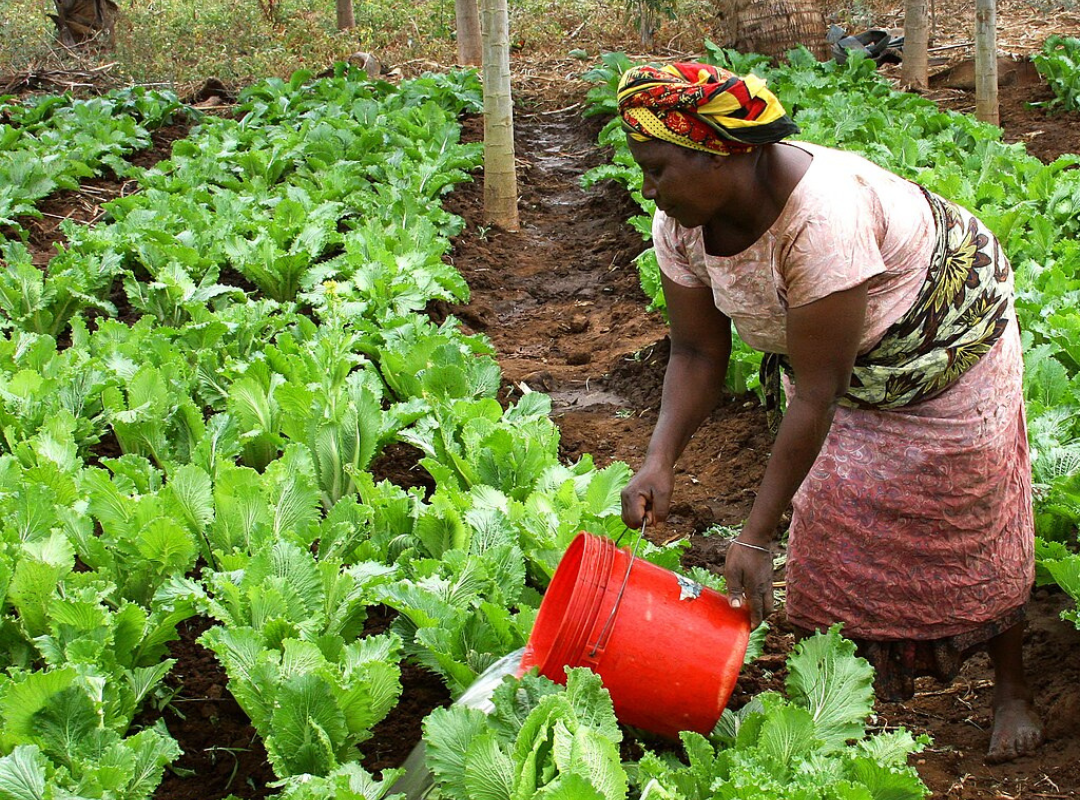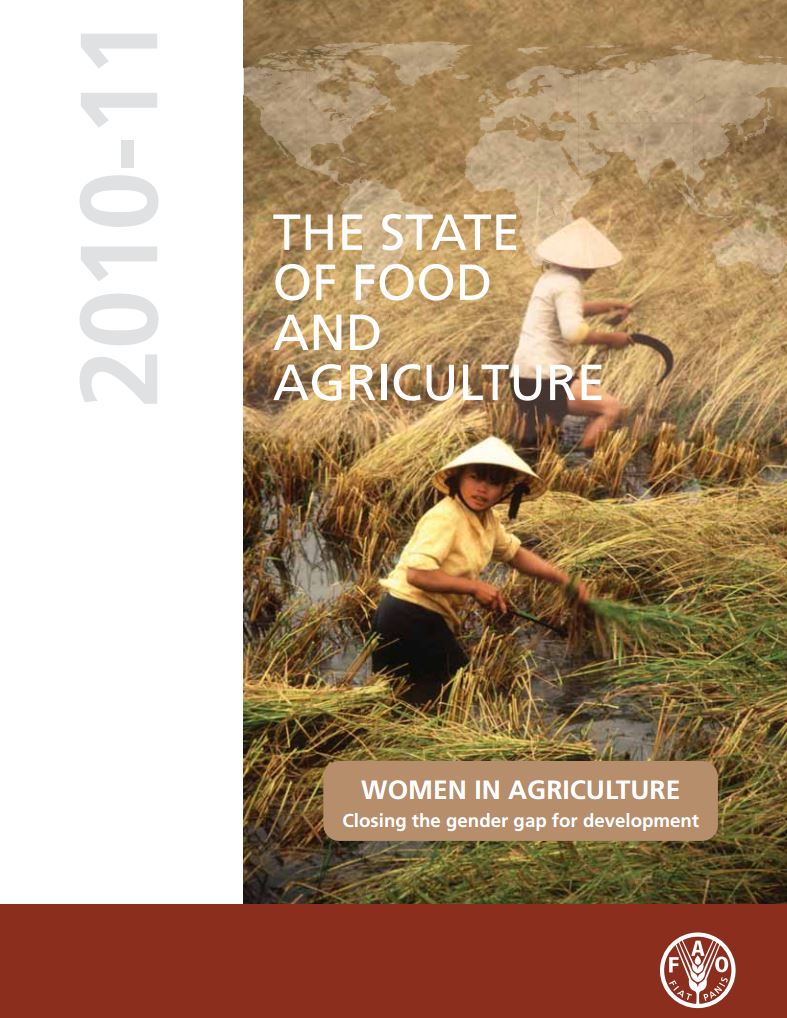In many areas of the world, women farmers are positively influencing their communities. They come from diverse backgrounds in regards to social status, land ownership, education, political climate, and access to technology. Regardless of whether these farmers are raising turkeys in Minnesota, growing fresh-cut flowers in Colombia, or producing coffee beans in Uganda, women farmers “make crucial contributions in agriculture and rural enterprises in all developing country regions as farmers, workers and entrepreneurs.”2
The contributions of women farmers to global agriculture are documented by the Food and Agriculture Organization (FAO) of the United Nations in its 2010-2011 report The State of Food and Agriculture. The FAO is an organization that combats global hunger and promotes rural development, and therefore, provides information regarding gender—the relations between men and women—and their gender roles—the distribution of responsibilities and resources between men and women. In this report, the gender gap—differences in accessing resources, markets, and services between men and women—in agriculture is analyzed. This report also details the percentage of females who are economically active in agriculture (employed or seeking work in agriculture).
The aforementioned disparity is quantified by indexes such as the Gender Inequality Index (GII)—an index for measurement of gender disparity that was introduced in 2010 by the United Nations Development Programme and includes indices such as empowerment, labor, and reproductive health. The higher the GII, the greater is the inequality between men and women. Another index used is the Human Development Index (HDI)—a summary measure of average achievement in key dimensions of human development, including living a long and healthy life, being knowledgeable, and having a decent standard of living. The highest possible HDI is 100%. This index examines the health and prosperity of people and is not based on gender. However, it is interesting to compare the HDI to the female labor force participation rate—the percentage of women holding full-time jobs outside the home. According to the World Bank, females comprised 40% of the world labor force in 2014. In general, women in developed countries represent a higher percentage of the labor force than women in developing countries. Interestingly, “in sub-Saharan Africa—the region with the lowest HDI—the [labor force participation] ratio is the world’s highest, with 77 women for every 100 men in the labor force.”3 Additionally, women in this region hold jobs in agriculture even while having the world’s highest fertility rates.
Women working in agriculture have varied responsibilities on and ownership of the farms on which they labor. According to the 2012 USDA Census of Agriculture, women comprise 30% of all farm operators and 14% of principal farm operators in charge of a farm's daily operations in the United States. That percentage is higher globally; the United Nations reports that 43% of the world’s farmers are women. Many of the world’s female farmers are smallholder farmers engaged in subsistence farming. These farmers work fewer than five acres of land and produce small-scale agriculture for direct consumption by individuals, families, and small communities.
Because women grow most of the world’s crops for domestic consumption and are primarily responsible for preparing, storing, and processing food, women play an instrumental role in both household and national food security.4
In 2000, the Millennium Development Goals (MDGs) were developed by a United Nations initiative to address extreme poverty and its global impacts. With a target date of 2015, two of the goals included eradicating extreme poverty and hunger (achieving productive employment for women), and promoting gender equality and empowering women. The Millennium Development Goals Report, 2015, states that significant improvements were achieved in all eight goals which has saved millions of lives and improved living conditions for many more. However, this same report concludes that global gender inequality still persists. “Women continue to face discrimination in access to work, economic assets and participation in private and public decision-making. Women are also more likely to live in poverty than men.”5 Additionally, women are disadvantaged in the global labor market, earning 24% less than men.
In 2015, countries around the world adopted a new set of goals that built on the MDGs. These Sustainable Development Goals, with a target date of 2030, address ending poverty, protecting the planet, and ensuring prosperity for all. Again, gender equality is included to provide females with “equal access to education, health care, decent work, and representation in political and economic decision-making processes.”5
The Evolving Role of Women in Agriculture PowerPoint that accompanies this lesson describes the “state of the planet” in regards to women’s roles in agriculture and the positive impacts that eliminating gender discrimination can provide in regards to Extension services, education, financial credit, and income.



.png)